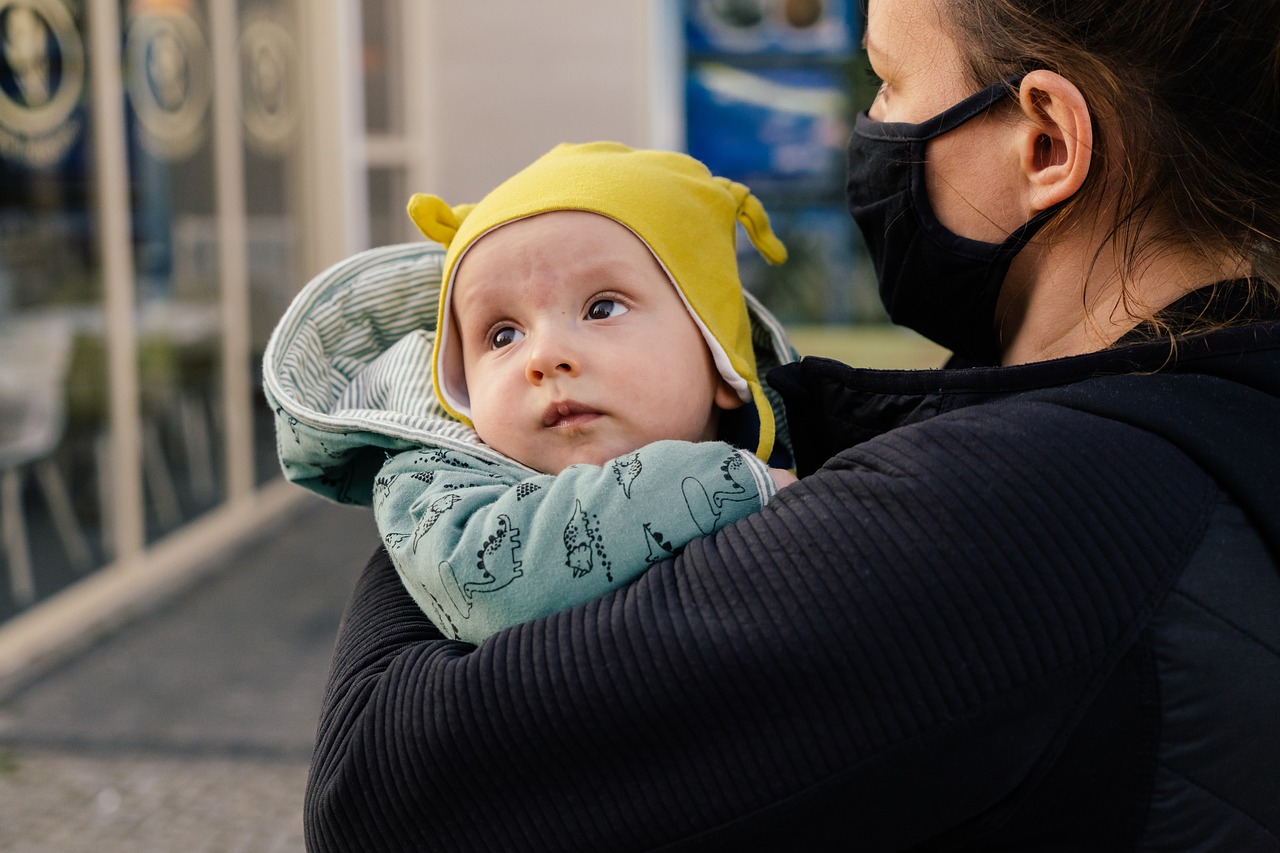
Being Prepared When You’re the Only One in Charge
As a single parent, you carry the full weight of protecting your family—every single day. That pressure becomes even more intense when you think about emergencies like natural disasters, power outages, or unexpected crises. Emergency preparedness for single parents isn’t just smart—it’s essential. With the right planning and mindset, you can keep your kids safe, reduce your stress, and respond confidently when the unexpected happens.
Why Single Parents Face Unique Challenges in a Crisis
Single parents wear all the hats: provider, nurturer, decision-maker, protector. In a crisis, these roles multiply. There’s no partner to help divide responsibilities or make fast decisions. That means your disaster preparedness plan must be detailed, flexible, and reliable—even when running on little sleep or high emotions.
Key challenges include:
- Managing children’s fears while staying composed
- Making emergency decisions solo
- Evacuating with small children or dependents
- Lack of backup support in the moment
- Having the mental or physical strength or abilities to face the challenges of the situation
The good news? A strong plan can help offset all of these concerns.
Create a Single Parent Emergency Plan
A detailed family emergency plan is your foundation. It gives you peace of mind and helps your children feel secure.
Your plan should include:
- Local evacuation routes and shelter locations
- A written communication strategy (more on that below)
- Backup care: trusted neighbors, friends, or family who can step in
- Transportation alternatives if you don’t have a vehicle
- Copies of important documents in a waterproof pouch
📝 Pro Tip: Involve your children in planning! It empowers them and helps them understand what to do.
Build a Survival Kit for You and Your Kids
A well-stocked bug-out bag for single parents should cover the basics for both you and your children. You’ll want to consider comfort items, too, especially for younger kids who may feel scared or overwhelmed.
🧰 Emergency Supplies to Include:

- Water (1 gallon per person per day for at least 3 days)
- Non-perishable food (high-protein, child-friendly)
- First aid kit with child-safe medications
- Flashlights, batteries, and backup phone chargers
- Diapers, wipes, formula, baby food (if needed)
- Personal hygiene products
- Copies of ID, insurance, and contact info
- Blankets, change of clothes, and weather-appropriate gear
- Comfort items: favorite toys, stuffed animals, books
You can also create smaller go-bags for each child with their name and a few essentials they can carry if age-appropriate.
Set Up a Reliable Communication Strategy
A solid emergency communication plan is especially critical if your children are at school, daycare, or with another caregiver when disaster strikes.
Be sure to:
- Choose an out-of-area emergency contact everyone can call or text
- Teach your kids how to call or message that person
- Write down important phone numbers and keep them in backpacks
- Practice what to do if you’re separated (drills or role-playing help!)
💡 Kids feel more in control when they know what to expect. Practicing can make all the difference.

Practice Calm and Confidence—They’ll Mirror You
Children take their emotional cues from you. If you panic, they panic. If you breathe deeply and take calm action, they’re more likely to stay steady, too.
During a crisis:
- Take a few slow, deep breaths before reacting
- Stick to your plan, step by step
- Speak reassuringly and confidently, even if you’re scared
You are their safe place. Even when it’s hard and you may not have anyone to lean on, remember your calm leadership gives your kids strength.
Final Thoughts: You’ve Got This
Being a single parent is already an act of daily courage. Preparing for emergencies may feel overwhelming, but each small step builds a stronger safety net for your family.
✅ Review the essentials:
- Make an emergency plan
- Build a survival kit tailored to your children’s needs
- Set up a communication plan and practice it
- Stay calm and lead with confidence
You don’t need to do it all at once. Start small and build from there. Your kids are lucky to have you—and with some planning, you’ll all be more ready for anything life throws your way.
What steps will you take to start your own preparedness journey? Share your thoughts in the comments below!

Leave a Reply